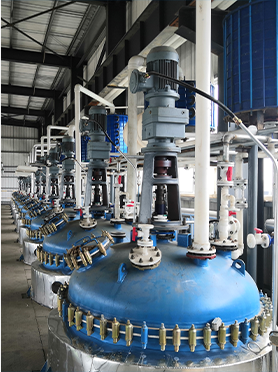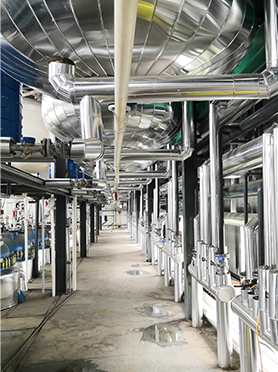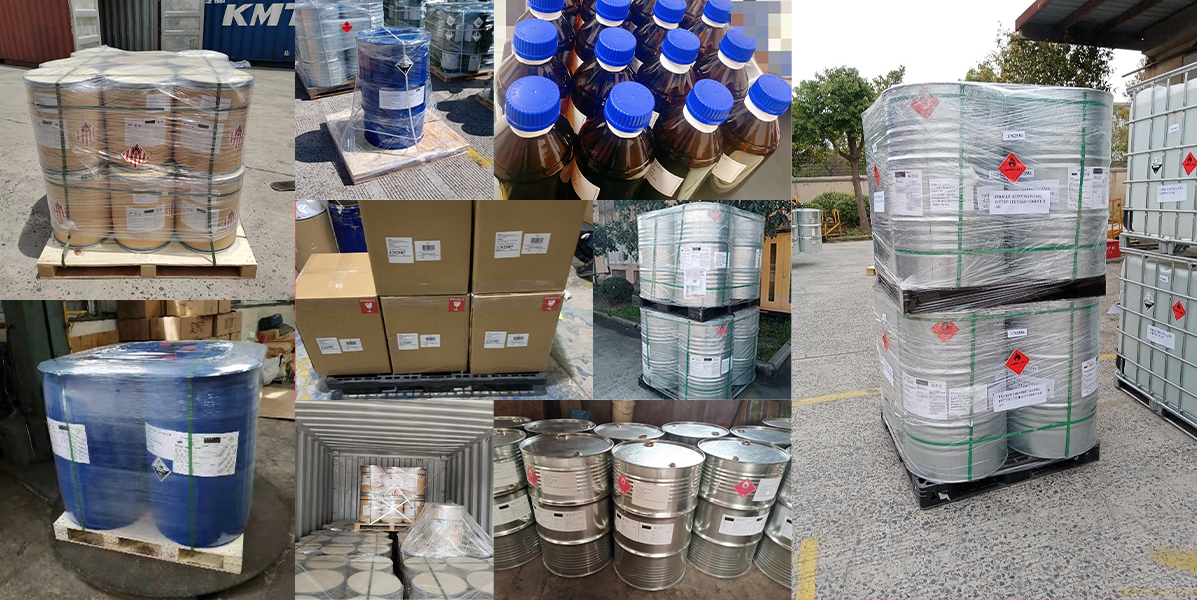The synthesis of complex organic molecules often hinges on the availability of well-defined intermediates. 2-Bromo-3-Chloro-5-(Trifluoromethyl)Pyridine, known by its CAS number 75806-84-7, is a critical building block, particularly for the pharmaceutical and agrochemical industries. Its preparation involves precise chemical transformations, and understanding these synthesis strategies is crucial for chemists aiming to produce or utilize this valuable compound. NINGBO INNO PHARMCHEM CO.,LTD. offers this compound, underscoring the importance of efficient synthesis routes.
One of the primary methods for synthesizing 2-Bromo-3-Chloro-5-(Trifluoromethyl)Pyridine involves the direct bromination of a precursor molecule that already contains the chlorine and trifluoromethyl substituents on the pyridine ring. A common starting point could be a 3-chloro-5-(trifluoromethyl)pyridin-2-ol derivative. In such a route, a brominating agent, often phosphorus oxybromide (POBr3), is employed to replace the hydroxyl group at the 2-position with a bromine atom. This reaction typically requires heating under reflux for several hours to ensure complete conversion. Careful control of reaction temperature and stoichiometry of the brominating agent is essential to maximize yield and minimize the formation of unwanted byproducts. The subsequent workup usually involves quenching the reaction mixture with water, followed by extraction with an organic solvent and purification, often through distillation or chromatography.
Another approach involves a multi-step synthesis that builds the substituted pyridine ring from simpler precursors. This strategy allows for greater control over the placement of substituents. For example, one might begin with a compound like 6-hydroxynicotinic acid and sequentially introduce the trifluoromethyl, chlorine, and bromine groups. Trifluoromethylation can be achieved using reagents like sulfur tetrafluoride (SF4) under specific pressure and temperature conditions. Chlorination at the 3-position can be carried out using agents such as N-chlorosuccinimide (NCS). Finally, bromination at the 2-position, similar to the direct bromination method, would involve replacing a hydroxyl group with bromine using reagents like POBr3. While this multi-step approach can offer high regioselectivity, it often involves more complex procedures, hazardous reagents, and potentially lower overall yields due to losses in each step.
For chemists aiming to synthesize 2-Bromo-3-Chloro-5-(Trifluoromethyl)Pyridine, careful consideration of reaction parameters is paramount. Factors such as solvent choice, reaction temperature, reaction time, and the purity of starting materials all play a significant role in the success of the synthesis. The choice between direct bromination and a multi-step synthesis often depends on factors like the availability of starting materials, desired purity levels, scalability requirements, and safety considerations, particularly when dealing with reagents like POBr3 or SF4.
NINGBO INNO PHARMCHEM CO.,LTD. provides high-quality 2-Bromo-3-Chloro-5-(Trifluoromethyl)Pyridine (CAS: 75806-84-7), allowing researchers and manufacturers to bypass the complexities of its synthesis and focus on its downstream applications. Access to a reliable source of this intermediate is crucial for efficient progression in drug discovery and agrochemical development, highlighting the importance of well-established synthesis routes and dependable suppliers.
Manufacturing Facilities






Professional Export Experience
to Global Customers

1. 20 years of R&D, manufacturing and sales experience, serving customers in 60 countries and regions around the world;
2. Own R&D laboratory, pilot platform and large-scale production workshop, which can meet the audit requirements of global customers;
3. We can satisfy customers' perfect transition from small scale lab requirements (gram level) to commercialization requirements (hundred tons level).
A: We don't have Minimum Order Quantity, exact quantity should be provided before quotation for us to calculate the exact cost.
A: We don't provide free samples due to lots of request and expensive international courier's cost, we can deduct the sample charge after commercial order placed.
A: Our payment terms: Small or sample order: T/T IN ADVANCE. Commercial order: First order should be by T/T IN ADVANCE or L/C at sight, and following orders T/T 30~90days is acceptable subject to approval of credit application.